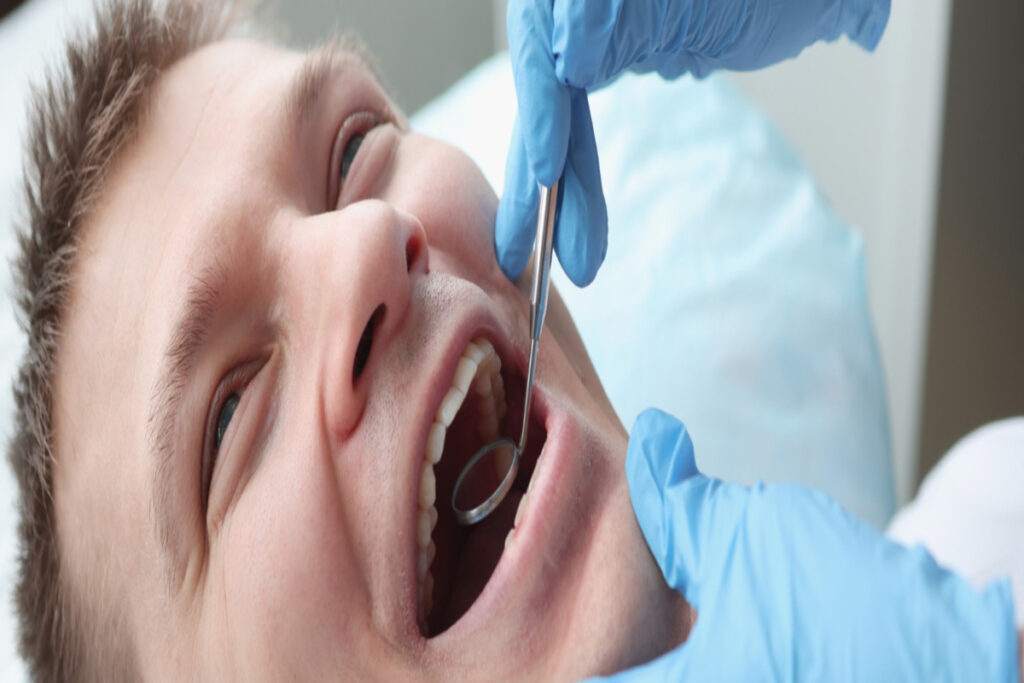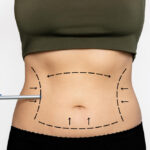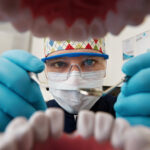Understanding Tooth Extraction Recovery
A tooth extraction is a common dental procedure, but proper care after the extraction is crucial for a smooth recovery. Understanding what to do—and what to avoid—can make all the difference in promoting healing and preventing complications. This guide will walk you through everything you need to know about recovering from a tooth extraction, from immediate post-procedure care to long-term oral health tips.
The recovery process after a tooth extraction involves healing of the gum tissue and bone where the tooth was removed. While recovery times can vary depending on the complexity of the extraction, most patients can expect to feel normal within a week. Following your dentist’s instructions is key to a successful recovery.
Immediate Care After Tooth Extraction
After a tooth extraction, your dentist will place gauze over the extraction site to help form a blood clot. It’s important to keep this gauze in place for at least 30 to 45 minutes. Avoid rinsing, spitting, or using a straw during the first 24 hours, as these actions can dislodge the clot and delay healing.
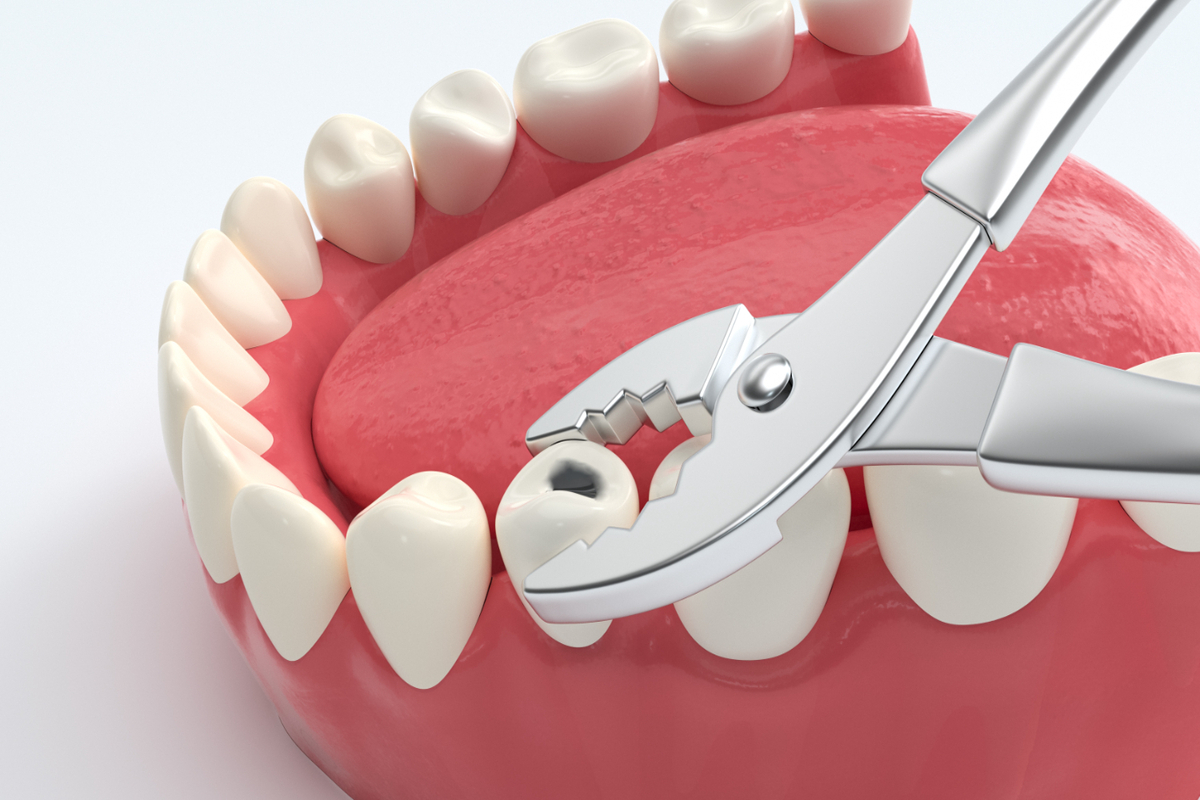
Managing Pain and Swelling
Some discomfort and swelling are normal after a tooth extraction. Over-the-counter pain relievers, such as ibuprofen, can help reduce inflammation and discomfort. Applying a cold compress to your cheek for 10-minute intervals can also minimize swelling during the first 24 hours.
What to Eat After Tooth Extraction
Sticking to soft foods is essential during the initial days of recovery. Options like yogurt, mashed potatoes, and smoothies are gentle on the extraction site. Avoid hard, crunchy, or spicy foods that could irritate the area. As healing progresses, you can gradually reintroduce regular foods into your diet.
Maintaining Oral Hygiene
While keeping your mouth clean is important, it’s crucial to avoid brushing directly over the extraction site for the first couple of days. Instead, gently rinse your mouth with warm salt water to reduce bacteria and promote healing. Resume normal brushing and flossing habits as advised by your dentist, taking care to avoid the extraction area.
Signs of Complications to Watch For
Although most tooth extractions heal without issues, complications like dry socket or infection can occur. Dry socket happens when the blood clot at the extraction site dislodges, exposing the underlying bone and nerves. Symptoms include severe pain and bad breath. If you experience persistent pain, swelling, or fever, contact your dentist immediately.
When to Resume Normal Activities
Rest is essential after a tooth extraction. Avoid strenuous activities for at least 24 to 48 hours to prevent increased bleeding or discomfort. Most patients can return to their normal routines within a few days, but heavy lifting and vigorous exercise should be postponed until fully healed.
Long-Term Care for the Extraction Site
Once the initial recovery period is over, it’s important to maintain good oral hygiene to ensure the extraction site heals completely. Regular dental check-ups can help monitor the healing process and address any concerns. If the extracted tooth needs to be replaced, discuss options like dental implants or bridges with your dentist.
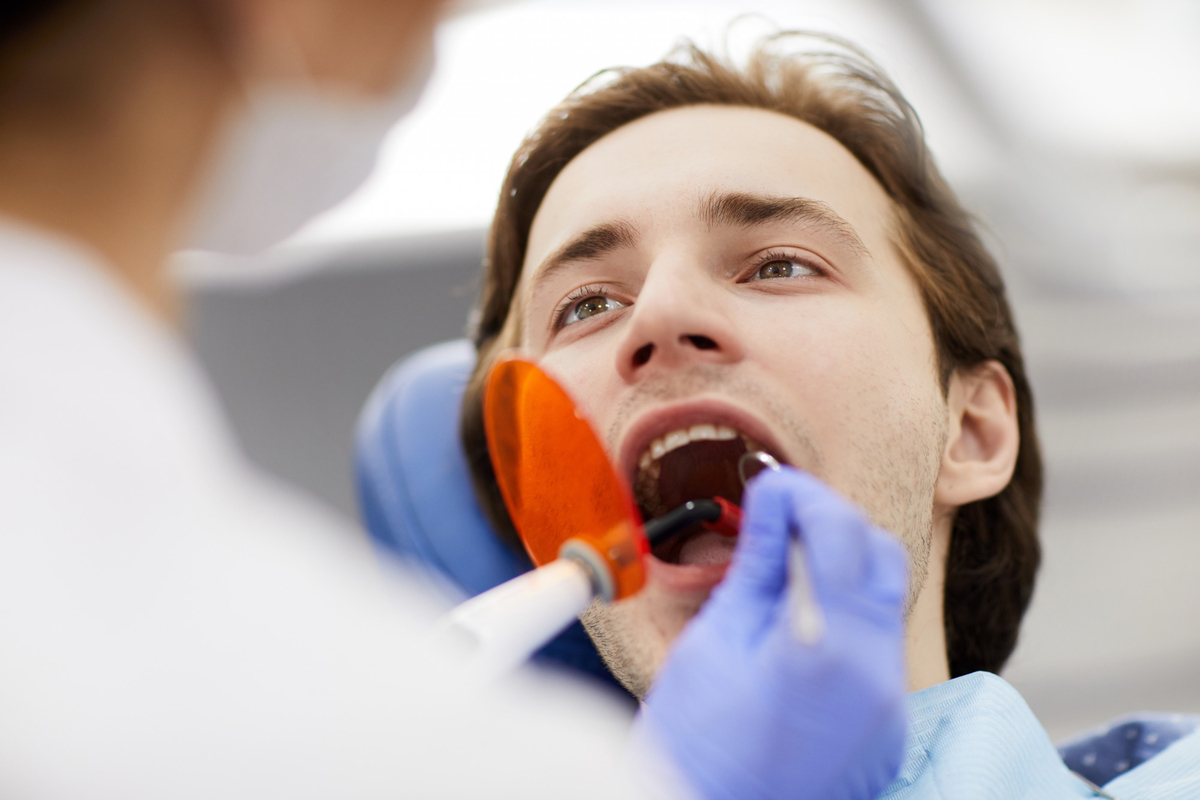
Tips for a Smooth Recovery
To ensure a smooth recovery after your tooth extraction, follow these tips:
Avoid smoking or using tobacco products, as they can delay healing.
Stay hydrated by drinking plenty of water, but avoid using a straw.
Follow your dentist’s instructions regarding medication and follow-up appointments.
Be gentle with your oral hygiene routine, especially around the extraction site.
Conclusion
Recovering from a tooth extraction requires patience, care, and adherence to your dentist’s recommendations. By managing pain, maintaining proper hygiene, and avoiding habits that could disrupt healing, you can ensure a smooth recovery. Remember, if you experience any complications or have questions during the healing process, don’t hesitate to reach out to your dentist for guidance.
FAQs About Tooth Extraction Recovery
- How long does it take to recover from a tooth extraction?
Most patients recover within a week, but healing may take longer for more complex extractions. - What can I eat after a tooth extraction?
Stick to soft foods like yogurt, mashed potatoes, and smoothies for the first few days. - What is a dry socket?
A dry socket occurs when the blood clot dislodges, exposing the bone and causing severe pain. - How can I reduce swelling after a tooth extraction?
Apply a cold compress to the cheek in 10-minute intervals during the first 24 hours. - Can I brush my teeth after a tooth extraction?
Avoid brushing the extraction site for the first couple of days, but maintain hygiene around the area. - When can I return to normal activities?
Most patients can resume normal activities within 48 hours, but avoid strenuous exercise for a few days. - Is pain normal after a tooth extraction?
Mild pain is normal and can be managed with over-the-counter pain relievers. - How do I prevent complications after a tooth extraction?
Follow your dentist’s instructions, avoid smoking, and maintain proper hygiene. - Do I need antibiotics after a tooth extraction?
Antibiotics may be prescribed for certain conditions or to prevent infection. - What are the long-term care steps after a tooth extraction?
Maintain good oral hygiene, attend follow-up appointments, and discuss tooth replacement options if necessary.

